15 Pet Fish Behaviors That Make Absolutely No Sense
Have you ever wondered what goes on in the mind of your pet fish? You might be surprised to learn that these seemingly simple creatures are capable of some genuinely astonishing behaviors. From recognizing faces to playing games, fish exhibit a range of fascinating and unexpected actions that rival those of more commonly celebrated pets. We’re diving into the intriguing world of pet fish, uncovering 15 mind-blowing behaviors that will change how you look at your finned friends forever.
Fish Recognizing Faces

Credit: iStockphoto
Scientists have discovered that fish can actually recognize human faces! Imagine your little guppy remembering you among a crowd. This groundbreaking research shows that fish are more intelligent than previously thought. They use their keen sense of sight to identify familiar faces, much like dogs or cats. So next time you visit your aquarium, give your fish a smile—they might just recognize you!
They Play Games
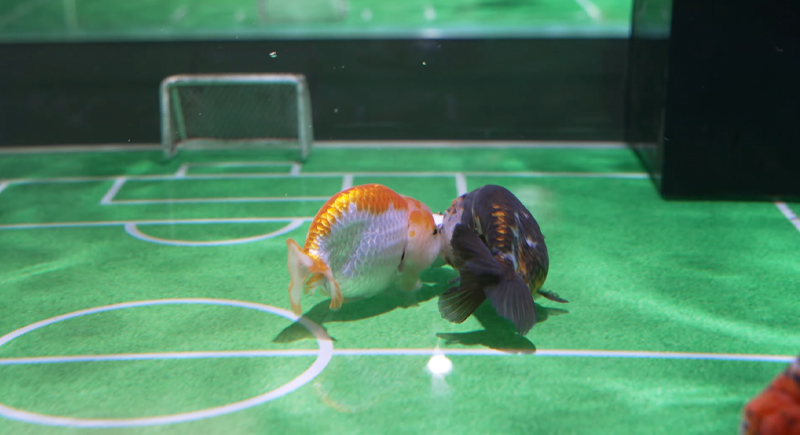
Credit: Youtube
Pet fish aren’t just swimming around aimlessly; they can play games, too! Experts have observed fish interacting with toys and even playing fetch. Using objects like hoops and balls, fish can be trained to perform tricks, much to the delight of their owners. This playful behavior showcases their ability to learn and adapt, making them even more fascinating companions.
Mood Ring Fish
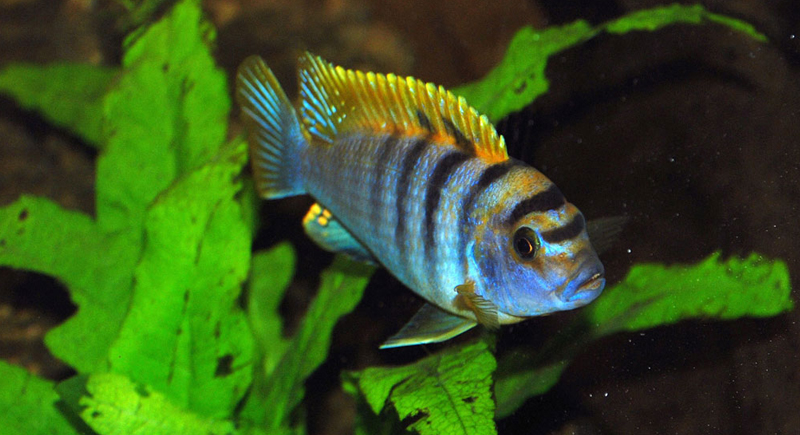
Credit: flickr
Did you know some fish can change color based on their mood? Certain species, like the chameleon-like cichlid, alter their hues when stressed, happy, or ready to mate. This color-shifting ability not only helps them communicate but also offers a glimpse into their emotional world. Next time your fish looks different, it might be telling you something important.
Fish with a Taste for Music

Credit: iStockphoto
Believe it or not, fish can enjoy music and respond to different genres and rhythms! They tend to favor classical and soft rock, swimming more calmly when these tunes are played. This musical preference indicates that fish have more sophisticated sensory experiences than we imagined. So, consider creating a relaxing playlist for your aquatic friends.
All the Sleepy Fish
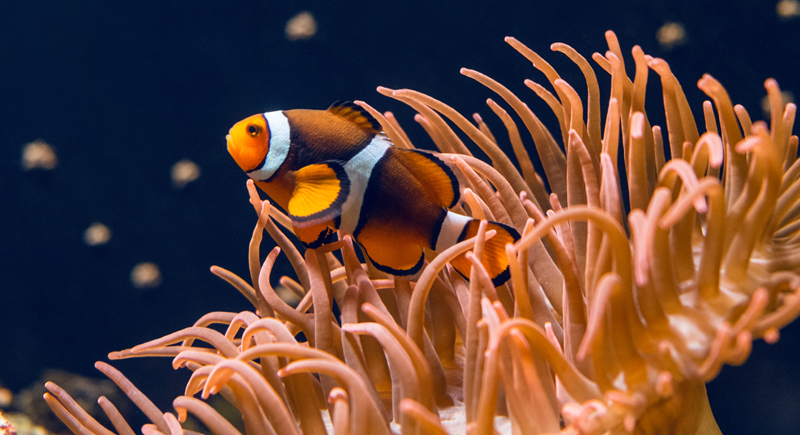
Credit: iStockphoto
Just like us, fish need their beauty sleep. Observations reveal that fish have sleep patterns and take naps throughout the day. Some even experience REM sleep, suggesting they might dream. Providing a dark and quiet environment helps them rest better. Knowing that your fish needs downtime highlights their complex and relatable nature.
They Have Social Networks

Credit: flickr
Fish are surprisingly social creatures, forming complex hierarchies and friendships. Some species, like the African cichlids, have intricate social structures where they recognize and interact with individual fish. They engage in social grooming and even protect each other’s offspring. Understanding these dynamics can enhance how we care for our fish, ensuring they lead happy, social lives.
Fish Can Navigate Mazes

Credit: Youtube
Your fish might be smarter than you think! Studies have shown that fish can navigate complex mazes to find food. This problem-solving ability demonstrates their impressive cognitive skills. By setting up simple mazes in your tank, you can keep your fish mentally stimulated and entertained, showcasing their incredible adaptability and intelligence.
They Feel Empathy
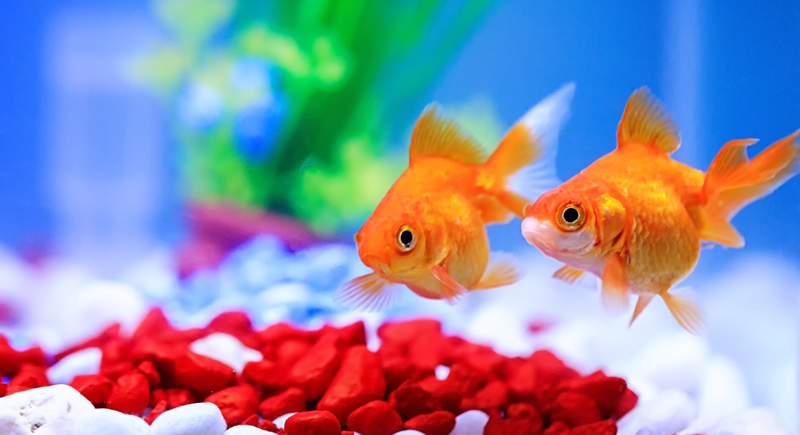
Credit: iStockphoto
Fish can exhibit empathy towards their tank mates. Researchers have found that fish respond to the distress of others by showing signs of stress themselves. This empathetic behavior suggests a level of emotional awareness that was previously unrecognized. Understanding this can help us create more compassionate environments for our aquatic pets.
Communicating with Clicks

Credit: iStockphoto
Some fish communicate using sounds like clicks and grunts. These vocalizations are used to attract mates, defend territory, and coordinate with group members. The study of fish communication opens up a whole new world of understanding their interactions and social structures. It’s like discovering a hidden language in your aquarium!
Fish Build Homes
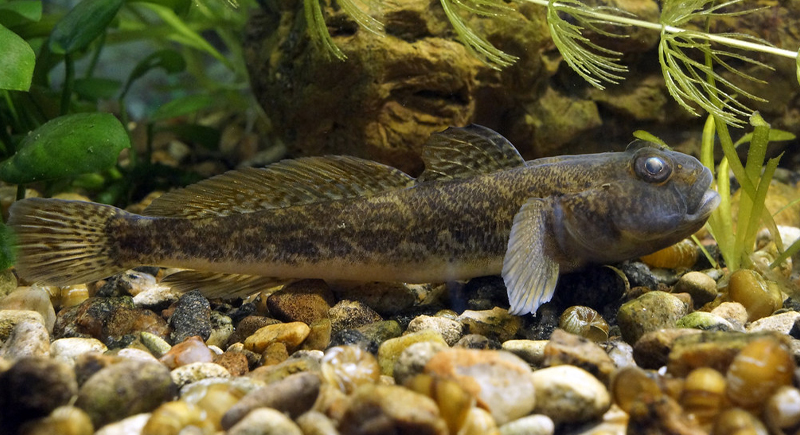
Credit: flickr
Certain fish species, like the goby, are known to build intricate homes using rocks and sand. These constructions provide shelter and breeding grounds. Watching your fish engage in such activities can be fascinating, as it reveals their natural instincts and resourcefulness. Providing materials in the tank can encourage this behavior, enriching their environment.
They Have Personalities
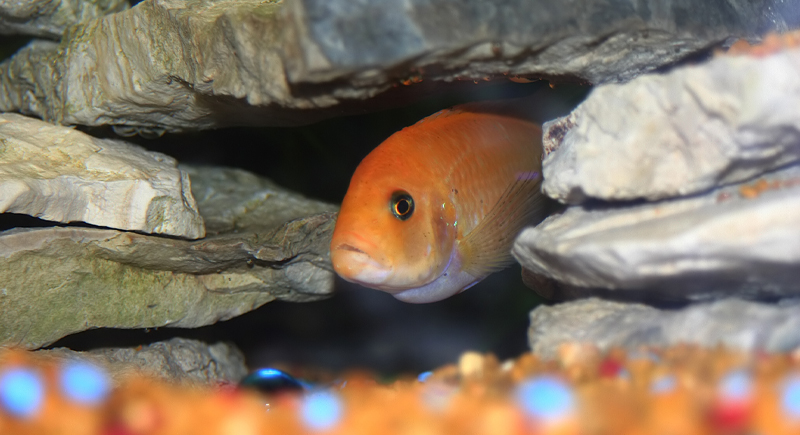
Credit: iStockphoto
Every fish has its own personality. Some are shy and reserved, while others are bold and curious. Recognizing these traits can help you tailor their care and interactions. Observing your fish’s behavior can be as engaging as watching any other pet, offering endless entertainment and bonding opportunities.
Fish Use Tools
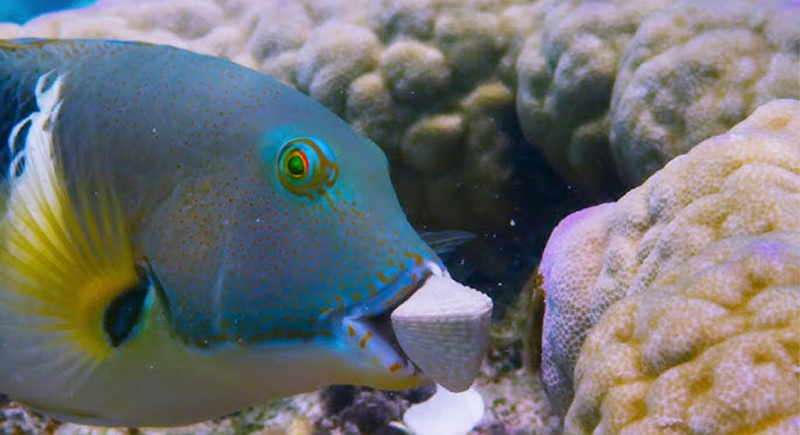
Credit: Youtube
Incredible as it sounds, some fish use tools! Species like the wrasse have been seen using rocks to crack open shellfish. This tool-using behavior highlights their problem-solving abilities and intelligence. Providing stimulating environments with objects they can manipulate can keep your fish engaged and showcase their natural talents.
They Even Form Schools
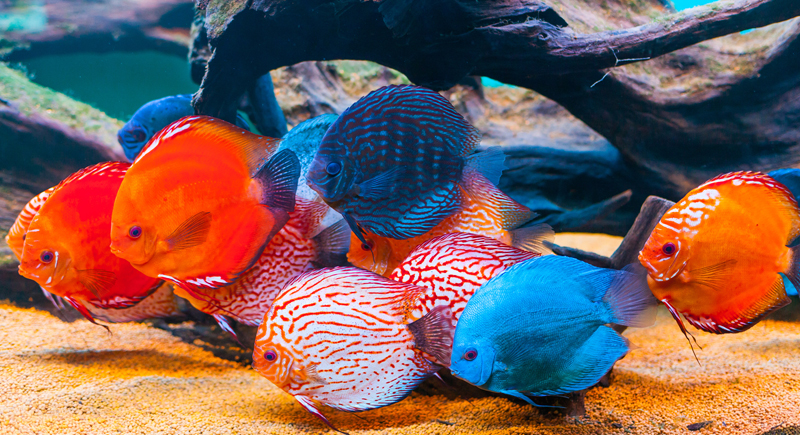
Credit: iStockphoto
Schooling is a common behavior where fish swim in coordinated groups. This not only offers protection from predators but also improves their foraging efficiency. Watching your fish form and move in schools can be mesmerizing, reflecting their instinctive social behaviors and teamwork.
Remembering Routes

Credit: iStockphoto
Fish can remember specific routes and locations within their environment. This spatial memory helps them navigate their territory and find food sources efficiently. Setting up a varied tank layout can keep your fish mentally active, allowing them to explore and utilize their impressive memory skills.
Fish Show Affection

Fish can show affection towards their owners and each other. They might follow your finger on the glass or engage in playful interactions with tank mates. These affectionate behaviors underline their social and emotional capacities, making them more relatable and endearing as pets.